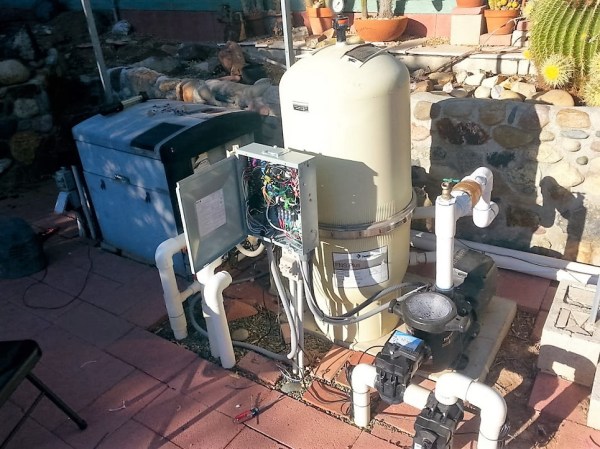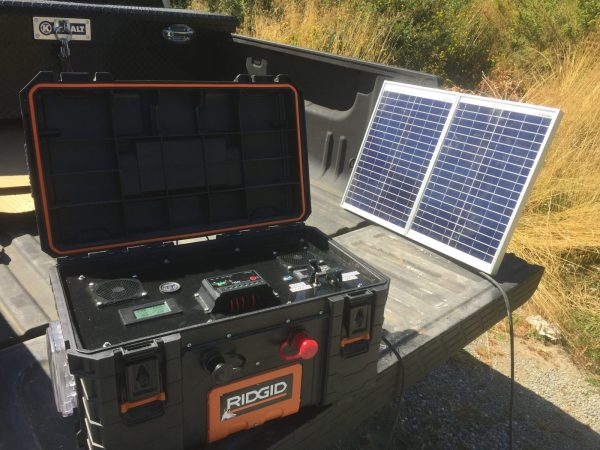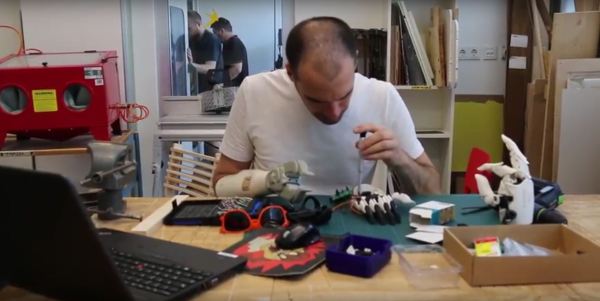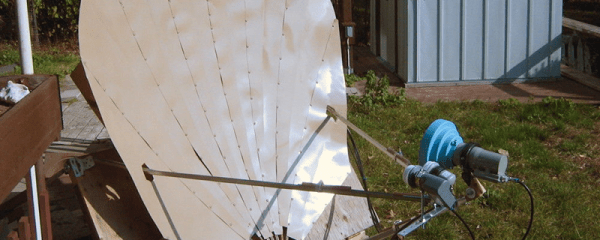A few years ago, a strange little chip showed up on Seeed Studio one day. It was the ESP8266, originally sold as a serial to WiFi adapter. Since then, the microcontroller in this wee WiFi module was discovered, and the ESP8266 has been the breakout module for hundreds of Internet of Thing modules, and other wireless baubles.
The company behind the ESP8266, Espressif, wasn’t sitting on their laurels for the last few years. They’ve been working on a followup to the ESP8266. It’s the ESP32, and it’s faster, has more peripherals, better WiFi, and Bluetooth LE. Since Christmas, we’ve been ogling this chip. Now, it’s finally out. You can buy an ESP32 right now. Consider the ESP32 released.
Almost exactly two years ago, the forerunner of the ESP32 was released, allowing anyone to blink a LED from the Internet for five dollars. There was a catch with the release of the ESP8266, and that was documentation. Documentation in English did not exist, and it took Espressif a while to realize the hit they had on their hands. Even now, with a proper English datasheet from Espressif, we don’t know if the ESP8266 has 5V tolerant pins. Documentation was an issue for the ESP8266, but it didn’t really matter because someone on the Internet figured it out.
History doesn’t repeat itself, but it is the franchise with the most reboots. There’s some documentation for the ESP32, but it’s far from complete. There’s a CAN bus peripheral in the ESP32, but no one knows what pins it’s attached to. There are some secrets hidden away, but no one is at liberty to discuss them. No one outside Espressif has any idea if the specs are real. This will, of course, change in the next month or so, but only due to the tireless work of electronics enthusiasts the world over.
Right now, there are several listings on the usual online outlets including Espressif’s Taobao shop and Seeed Studio offering either bare ESP32 chips or modules based on this WiFi Bluetooth wonder. These modules include the ESP-Wroom-32 (PDF) that is seemingly based on the ESP31 test modules released late last year and the ESP3212, a module based on the popular ESP8266-12. There are also bare chips floating about.
As far as any new information regarding the ESP32 is concerned, don’t expect much. It’s released, though, and in a month or so the work of documenting this supposed wonderchip will begin.
Although they’re not available to everyone quite yet, we have two ESP-32 modules in hand, and [Elliot] is currently slogging through installing the toolchain and getting everything working. Watch this space, because we’re going to have an Introduction to the ESP-32 post up shortly.


















